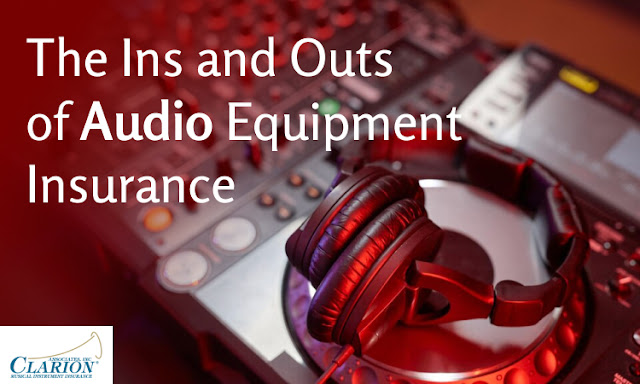In the world of musical instruments, few hold the universal appeal and timeless charm of the acoustic guitar. With its wooden body and resonant strings, this instrument has been the cornerstone of countless melodies across genres and generations. Understanding what defines an acoustic guitar and recognizing the need to insure it is essential for musicians, collectors, and enthusiasts alike.
Here's a comprehensive blog outlining what an acoustic guitar is and why insuring this musical instrument is crucial. So, what are you waiting for? Let's start reading!
Defining the Acoustic Guitar
The acoustic guitar is a stringed instrument characterized by its hollow body, soundhole, and steel or nylon strings. Unlike its electric counterpart, it produces the sound acoustically. And what does that mean? An acoustic guitar relies on the resonance of its body to amplify the vibrations of the strings. It comes in various shapes and sizes, which influence the instrument's tone and playability.
Why Does the Acoustic Guitar Deserve Protection?
Musical Soul in Wooden Craft: The acoustic guitar is more than a mere instrument. It is a piece of craftsmanship with a soul. Crafted from different kinds of woods, such as spruce, mahogany, or cedar, each guitar possesses a unique tonal quality, reflecting the artisan's skill and the instrument's history. Its resonance chamber - the heart of its sound, is susceptible to damage from mishandling, environmental factors, or accidents. An acoustic guitar insurance plan ensures financial protection should a stroke of bad luck hit your string.
Value Beyond Monetary Worth: For musicians, an acoustic guitar often holds emotional and creative value beyond its monetary worth. It might be the instrument that accompanies them through defining moments in their musical journey, from composing heartfelt ballads to performing on stage. Collectors also cherish rare or vintage acoustic guitars for their historical significance and rarity, making them irreplaceable if lost or damaged.
Vulnerability to Damage: The delicate nature of an acoustic guitar makes it prone to various forms of damage. Accidental drops, temperature fluctuations, humidity changes, or even out-of-the-blue circumstances like theft or fire pose significant risks. Damage to the body, neck, or fretboard can compromise its playability and tone, requiring costly repairs or replacements.
Comprehensive Insurance: Why It's Essential?
Protection Against Physical Damage: A dedicated guitar insurance policy provides coverage against accidental damage, whether it's a crack in the body, a broken neck, or damage to the frets. This coverage ensures that repair or replacement costs are covered, safeguarding both the instrument's value and the musician's ability to continue creating music.
Theft and Loss Coverage: Insurance safeguards the gear against a devastating loss or damage to the same. Given its portability, guitars are at risk of being stolen or misplaced. It makes insurance coverage vital for ensuring compensation in such unfortunate events.
Coverage for Special Circumstances: Specialized insurance policies for musical instruments often cover specific circumstances, such as damage during performances, while in transit, or storage. These policies offer tailored protection to address the unique vulnerabilities of an acoustic guitar in various situations.
Preservation of Musical Legacy: For vintage or rare acoustic guitars, insurance plays a crucial role in preserving their historical and cultural significance. In the event of damage, insurance coverage ensures appropriate compensation, allowing for meticulous restoration by skilled luthiers to maintain the instrument's legacy.
The Key Takeaway
The acoustic guitar, with its soulful resonance and storied history, holds a special place in the hearts of musicians and enthusiasts worldwide. Its craftsmanship, tonal intricacies, and emotional significance make it more than just an instrument. It is a cherished companion in musical journeys.
From its vulnerability to damage to its invaluable worth, insuring an acoustic guitar isn't just about protecting a valuable possession. It is about safeguarding an instrument's legacy and its role in shaping musical expression.
A comprehensive acoustic guitar insurance plan is a guard against unforeseen events that could jeopardize the instrument's integrity and the musician's ability to weave melodies. It ensures that the harmonic stories embedded within the wooden frame continue to resonate through generations, preserving the timeless magic of the acoustic guitar.













